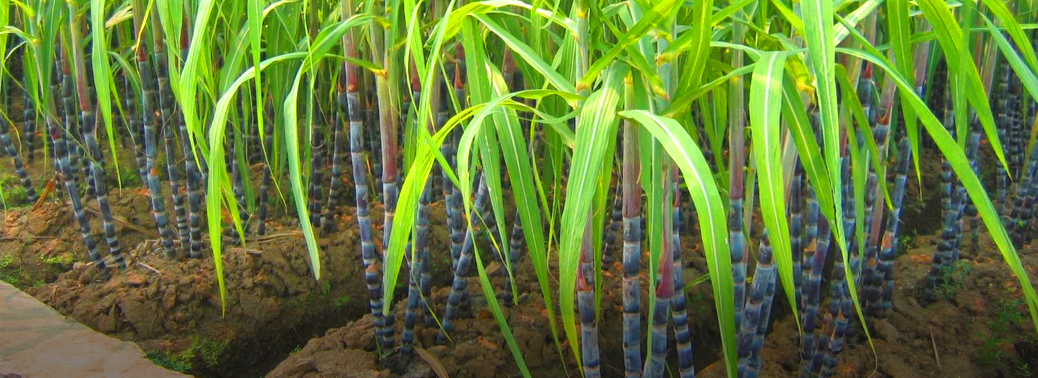Center hikes ethanol prices
06, Sep 2018

Prelims level : Environment
Mains level :
The Cabinet Committee on Economic Affairs has approved the revised the price of ethanol to be procured for blending with petrol under the Ethanol Blending Programme.
Background:
- The price of ethanol derived from B heavy molasses (100 per cent sugarcane juice) has been hiked from ₹47.49 a litre to ₹52.43.
- The price of ethanol from C heavy molasses (partially sugarcane juice) has been marginally lowered from ₹43.70 a litre to ₹43.46.
- The revised price is applicable for the forthcoming sugar season 2018-19 during the ethanol supply year from December 1, 2018 to November 30, 2019.
- Surplus of sugar production leads to the depressing prices. Consequently, sugarcane farmers’ dues have increased due to lower capability of sugar industry to pay the farmers. As the exmill price of sugar has increased from the earlier estimated price, there is a need to revise price of B heavy molasses and 100 per cent sugarcane juice for production of ethanol.
- According to the Ministry directive, ethanol produced from sugar mills that produce only ethanol will be prioritised first, followed by ethanol from B heavy molasses or partial sugarcane juice, and then C heavy molasses, and then ethanol produced from damaged food grains or other sources.
Ethanol blending programme:
- Ethanol blending is the practice of blending petrol with ethanol. Many countries, including India, have adopted ethanol blending in petrol in order to reduce vehicle exhaust emissions and also to reduce the import burden on account of crude petroleum from which petrol is produced.
- It is estimated that a 5% blending (105 crore litres) can result in replacement of around 1.8 million Barrels of crude oil .
- The renewable ethanol content, which is a by-product of the sugar industry, is expected to result in a net reduction in the emission of carbon dioxide, carbon monoxide (CO) and hydrocarbons (HC).
- Ethanol itself burns cleaner and burns more completely than petrol it is blended into. In India, ethanol is mainly derived by sugarcane molasses, which is a by-product in the conversion of sugar cane juice to sugar.
- The practice of blending ethanol started in India in 2001. Government of India mandated blending of 5% ethanol with petrol in 9 States and 4 Union Territories in the year 2003 and subsequently mandated 5% blending of ethanol with petrol on an all-India basis in November 2006 (in 20 States and 8 Union Territories except a few North East states and Jammu & Kashmir). This was also an attempt to reduce the Under-recovery of Public Sector Oil Marketing Companies (OMCs).
- Ethanol blending first found mention in the Auto fuel policy of 2003. It suggested developing technologies for producing ethanol/ bio fuels from renewable energy sources and introducing vehicles to utilise these bio fuels.
- Later, as per National Policy on Bio-fuels, announced in December 2009, oil companies were required to sell petrol blended with at least 5% of ethanol. It proposed that the blending level be increased to 20% by 2017. • Further, ethanol produced from other non-food feedstocks besides molasses, like cellulosic and ligno cellulosic materials including petrochemical route, has also been allowed to be procured subject to meeting the relevant Bureau of Indian Standards (BIS) specifications.






